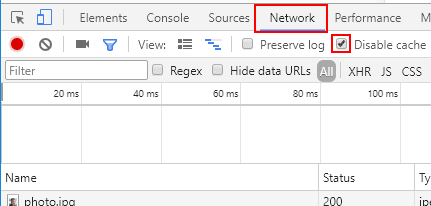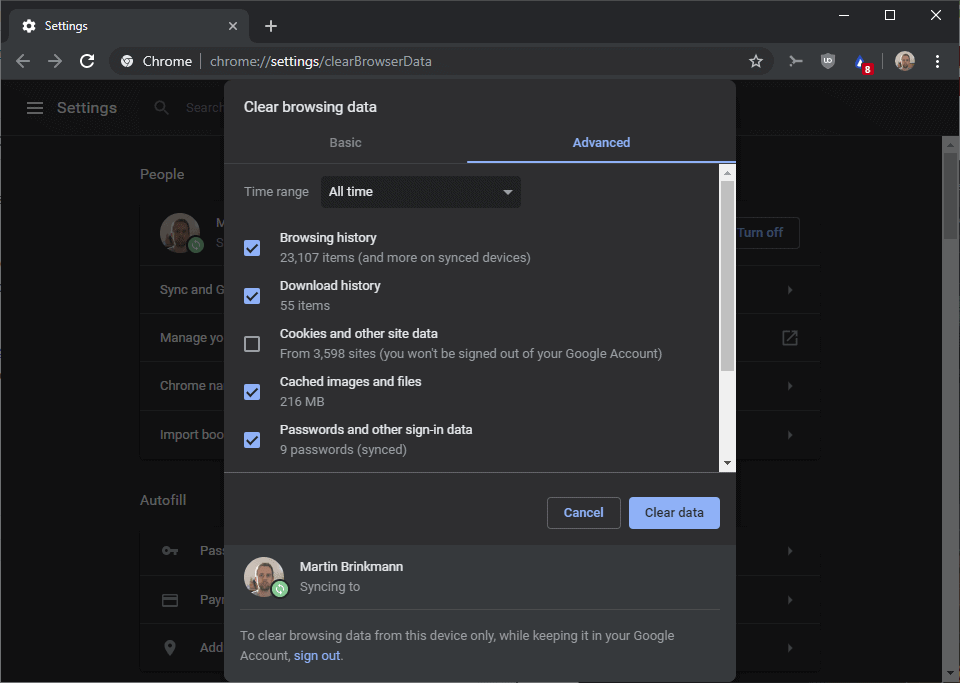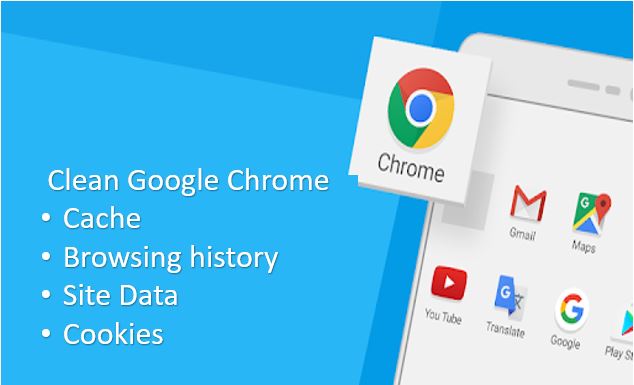

Tick only the box: "Cached data and files" Navigate to "Settings", "Clear browsing data" and then "Choose what to clear".
CLEAR CACHE ON GOOGLE CHROME MAC DOWNLOAD
Browser extensions are available for download that force the cache to be disabled at all times.Ĭlick the ellipsis in the upper right-hand corner. Note: This method only works if the developer console remains open.

If you would like to keep the data in your cache but test Wikipedia without using it, you can use the "incognito" browsing option.

These instructions work for Firefox, SeaMonkey, and other related browsers. Hold the Ctrl key and click the "Refresh" button on the toolbar.Hold the Ctrl key and press the F5 key.Hold both the ⌘ Cmd and ⇧ Shift keys and press the R key.Hold the ⇧ Shift key and click the Reload button on the navigation toolbar.Hold the Ctrl key and click the Reload button on the navigation toolbar.Hold the Ctrl key and the ⇧ Shift key, then press the R key.Hold the ⇧ Shift key and press the F5 key.
CLEAR CACHE ON GOOGLE CHROME MAC WINDOWS
On Windows and Linux, use one of the following: In unusual circumstances, it may be worth clearing the entire cache (of your local browser). If you are editing templates, you may need to wait a few minutes before bypassing your browser cache in order to see the change in a page with the transcluded template.

If problems persist, report them at Wikipedia:Village pump (technical). If this is not enough, you can try performing a "purge" of Wikipedia's server cache (see instructions below). In most cases you can use the simple instructions shown to the right, or see the complete browser-specific instructions below. When you encounter strange behavior, first try bypassing your cache. This is sometimes referred to as a "hard refresh", "cache refresh", or "uncached reload". the browser insists on showing out-of-date content) making it necessary to bypass the cache, thus forcing your browser to re-download a web page's complete, up-to-date content. Occasionally this caching scheme goes awry (e.g. To speed things up and conserve communications bandwidth, browsers attempt to keep local copies of pages, images, and other content you've visited, so that it need not be downloaded again later.


 0 kommentar(er)
0 kommentar(er)
